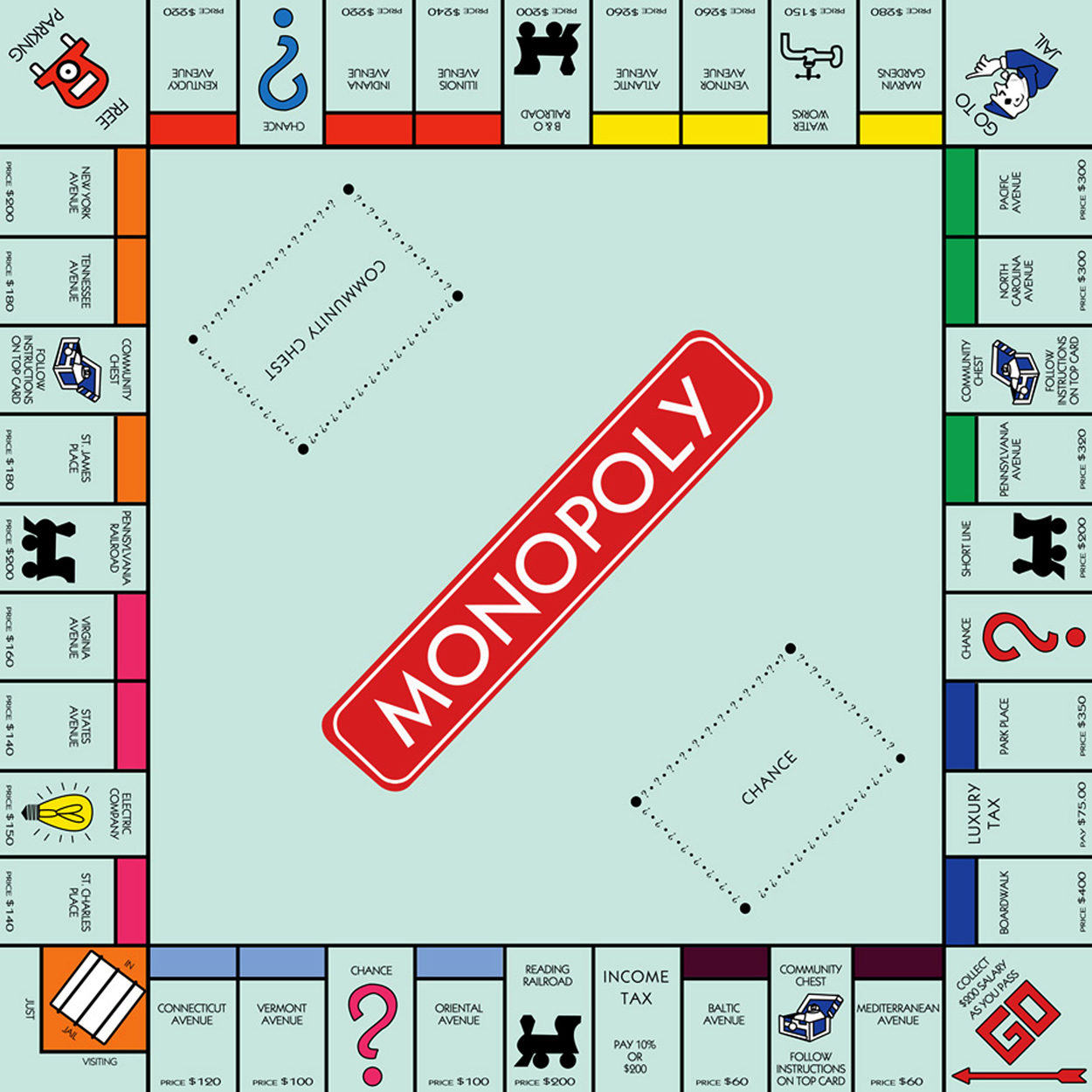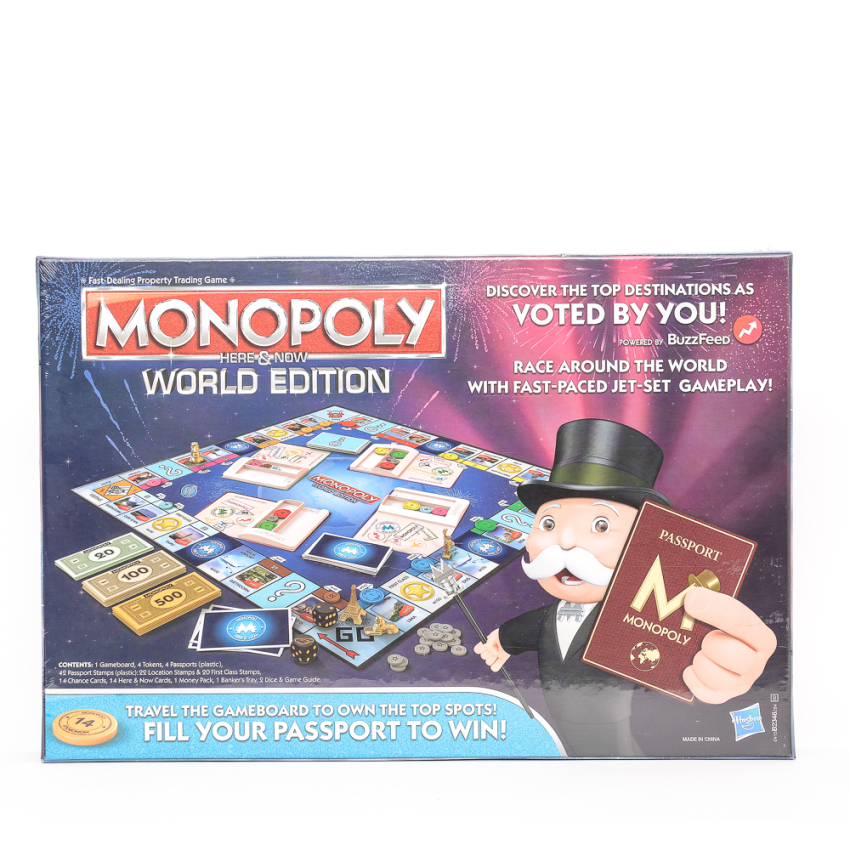

Step 3: Calculate Total Revenue, Total Cost, and Profit This price is above the average cost curve, which shows that the firm is earning profits. A dotted line drawn straight up from the profit-maximizing quantity to the demand curve shows the profit-maximizing price which, in Figure 1, is $800. The monopolist will charge what the market is willing to pay. Step 2: The Monopolist Decides What Price to Charge On Figure 1, MR = MC occurs at an output of 5. The profit-maximizing quantity will occur where MR = MC-or at the last possible point before marginal costs start exceeding marginal revenue. Since each point on a demand curve shows price and quantity, the firm can use the points on the demand curve D to calculate total revenue, and then, based on total revenue, calculate its marginal revenue curve. Step 1: The Monopolist Determines Its Profit-Maximizing Level of Output The three-step process where a monopolist selects the profit-maximizing quantity to produce, decides what price to charge, and then determines total revenue, total cost and profit. Since the price charged is above average cost, the firm is earning positive profits. The large total revenue box minus the smaller total cost box leaves the darkly shaded box that shows total profits. The lighter-shaded box, which is quantity on the horizontal axis and average cost of production on the vertical axis shows the firm’s total costs. For a quantity of 5, the corresponding price on the demand curve is $800. The large box, with quantity on the horizontal axis and demand (which shows the price) on the vertical axis, shows total revenue for the firm. The monopolist then decides what price to charge by looking at the demand curve it faces. The HealthPill firm first chooses the quantity where MR = MC. It then adds an average cost curve and the demand curve that the monopolist faces.

This figure begins with the same marginal revenue and marginal cost curves from the HealthPill monopoly from the previous page. Illustrating Profits at the HealthPill Monopoly. Then move to the nearest Chance or Community Chest space (Whichever one of the two is closer.Figure 1. If you roll a bus in the Mega Edition, take 1 Bus Ticket from the deck, if there was no Tickets left or if you decide to.For example, if a player rolls a 2 and a 6 and a Bus, then that player can choose to move 2, 6, or 8 spaces. If all opponent's properties are mortgaged, do nothing.Ī Bus: You can choose to move the value of both of the white dice, or just the value of one white die. If there are no unowned properties, the player moves to the nearest unmortgaged property owned by an opponent. Before rolling again or passing the dice to the next player and end your turn, move to the next unowned property, which they may buy or auction. Monopoly: You got the bonus move! Move according to the normal dice and take that turn as normal. A 1, 2, or 3 (dots/pips): Add the rolled number to the total.Use the sum of all three dice when determining how much to pay on a utility. The Speed Die is not used when determining turn order or rolling doubles to Get out of Jail If a player rolls doubles twice and then a triple, they do not go to jail, but after they move to whichever spot on the board they wish, and the player does not roll again. If triple 1s, 2s, or 3s (or known as three-of-a-kind) are rolled, the player may move forward to any space on the board. The Speed Die is used to determining triples (not doubles). That means that some players will start using the die before others. Once you collect the salary, you'll use the Speed Die for the rest of the game. In Standard Editon, you allowed to use the Speed Die if you landed on or passing Go once. In Mega Edition, you allowed to use the Speed Die on your first turn. (The Speed Die can be use on any version, but it's recommended to use in The Standard Version and The Mega Version)īefore the game begin, give each player an extra $1000 bills (two $500s should work) because the game moves fast and you need that extra money to buy and build. The Speed Die is a red (originally blue) die that was introduced with Monopoly: The Mega Edition by Winning Moves Games in 2006 and has since been added to many other editions, including the Standard Edition in 2007.


 0 kommentar(er)
0 kommentar(er)
